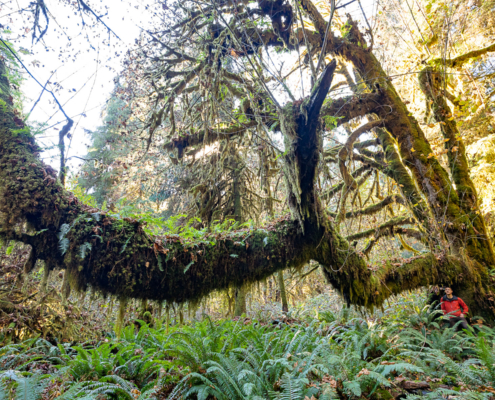
Join the AFA Wednesday, November 27th, for our 2019 Year-End Celebration & Fundraiser!
Join us Wednesday, November 27th, from 6pm-9pm for the Ancient Forest Alliance's 2019 Year-End Celebration & Fundraiser at Victoria Event Centre!
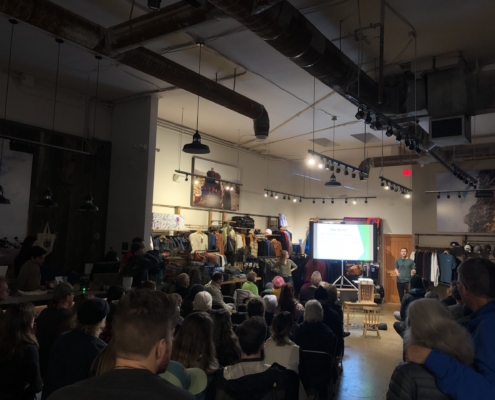
Patagonia Victoria Treeline Film Screening- THANK YOU!
Thank you to all who joined us at Patagonia Victoria for the screening of the film Treeline, to Patagonia Victoria for hosting such a wonderful evening, and to Driftwood Brewery for the drinks!

‘Failure of Professional reliance’: Nahmint logging broke rules, investigation claims
The Ministry of Forests is denying the findings of its own investigation: that BC Timber Sales' logging in the Nahmint Valley is breaking the BC government's already inadequate rules for old-growth protection. Full story here.
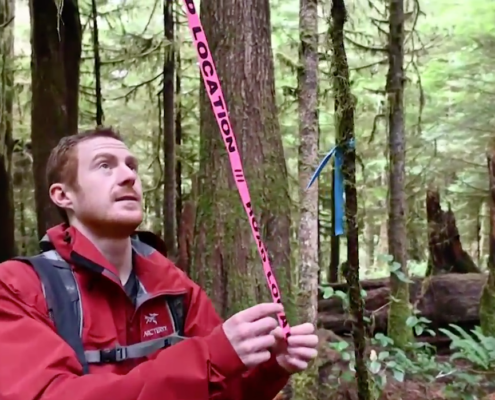
Meet ‘Big Lonely Doug’ And Other Historic Trees That Need Saving in BC
Check out this great Weather Network video about BC's endangered old-growth forests, featuring the AFA's TJ Watt, Big Lonely Doug (Canada's 2nd largest Douglas-fir tree), and nearby Eden Grove in Pacheedaht territory near Port Renfrew.
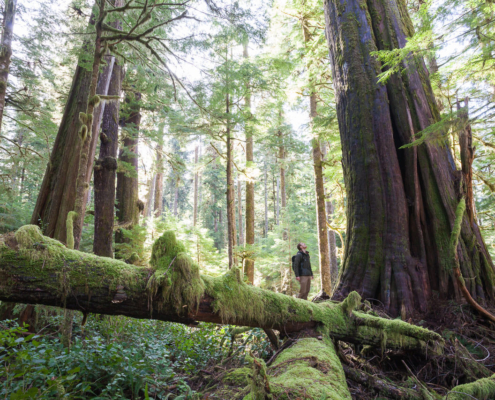
Thank you for participating in our livestream event ‘The Future of BC’s Ancient Forests’
Thanks to all who were able to join us last night for our livestream event 'The Future of BC's Ancient Forests'!
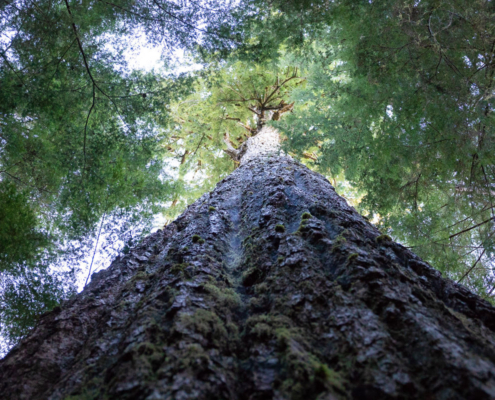
THE OLD GROWTH TREES ARE IN DANGER
The AFA's Andrea Inness was interviewed on CFAX last week about the damning results of the Ministry of Forests investigation into BC Timber Sales' logging of old-growth forests in Nahmint Valley. Hear her breakdown of the findings, what they mean, and how the BC government should respond. Listen to the full interview here
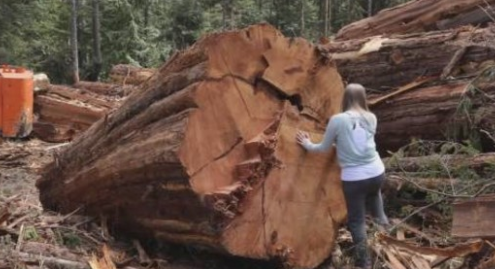
Conservationists attack NDP government over old-growth logging
Watch this Global News story, where Forests Minister Doug Donaldson manages to dodge responsibility for BC Timber Sales' non-compliance in the Nahmint Valley.

BC Timber Sales Continues Old-Growth Logging in Nahmint Valley Despite Government Investigation Showing Nearly Two Decades of Non-Compliance
The BC government's own logging agency, BC Timber Sales, is failing to comply with the Province's own inadequate standards for old-growth forest protection, according to a 2018 Ministry of Forests investigation into old-growth logging in the Nahmint Valley near Port Alberni. Read our media release for all the details.
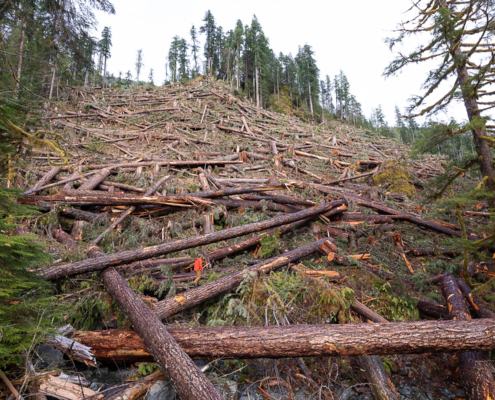
‘Indicative of a truly corrupt system’: government investigation reveals BC Timber Sales violating old-growth logging rules
Read Judith Lavoie's excellent article in the Narwhal about BC Timber Sales' failure to meet the Province's low standards for old-growth management in the Nahmint Valley, home to some of Earth's largest and oldest trees located in Hupacasath and Tseshaht territory near Port Alberni.

VIDEO: McKelvie Watershed at Risk
Earlier this year, we visited the town of Tahsis on the northwest coast of Vancouver Island to explore the McKelvie Valley and learn first-hand from local residents why this rare, intact watershed needs protecting. Watch our latest video to find out what we learned.
